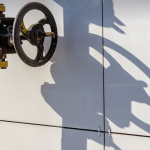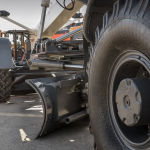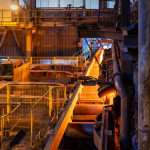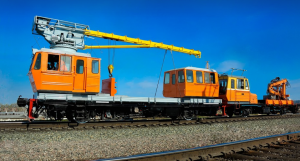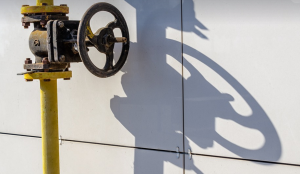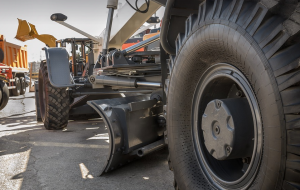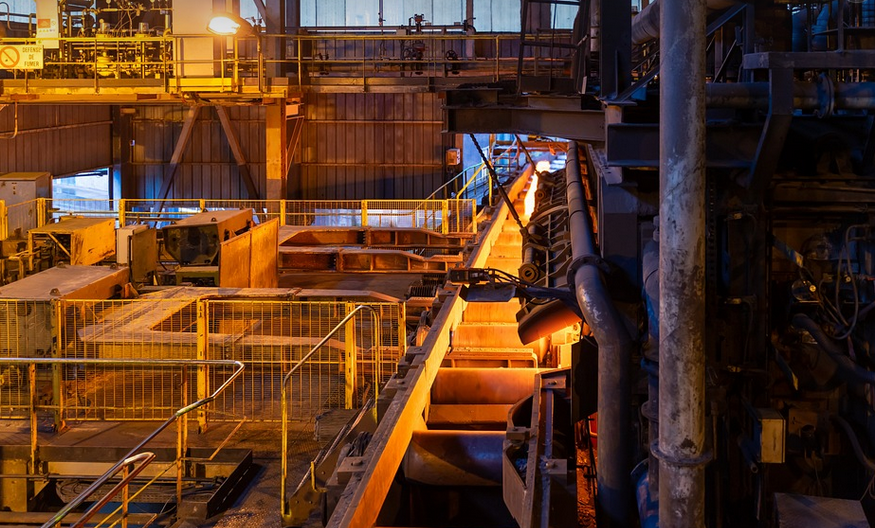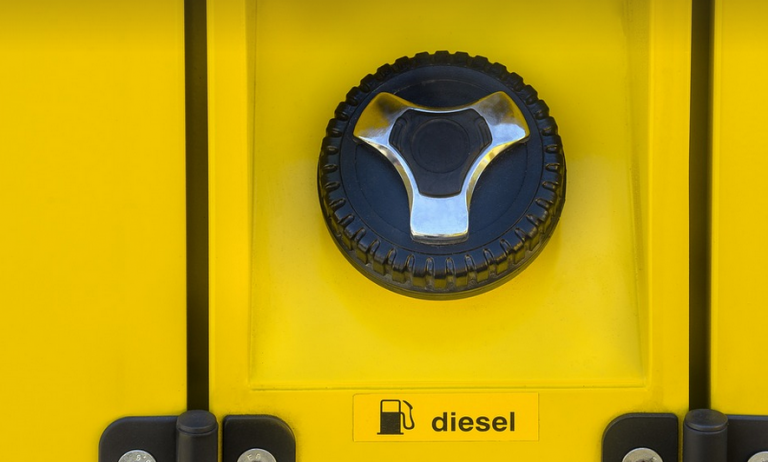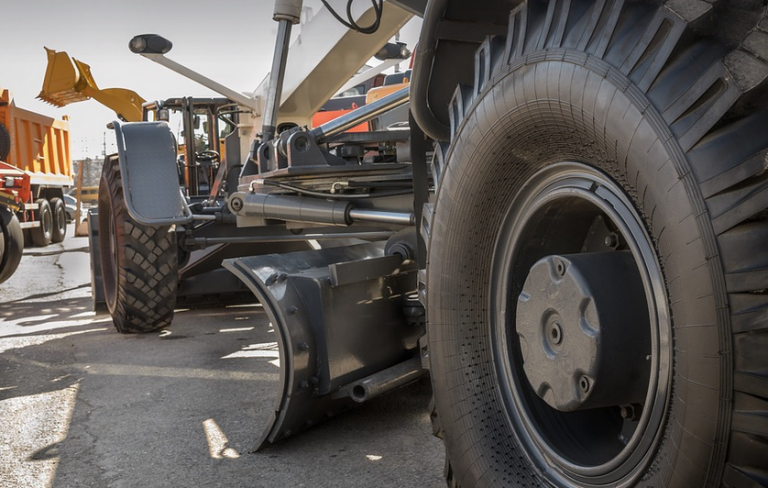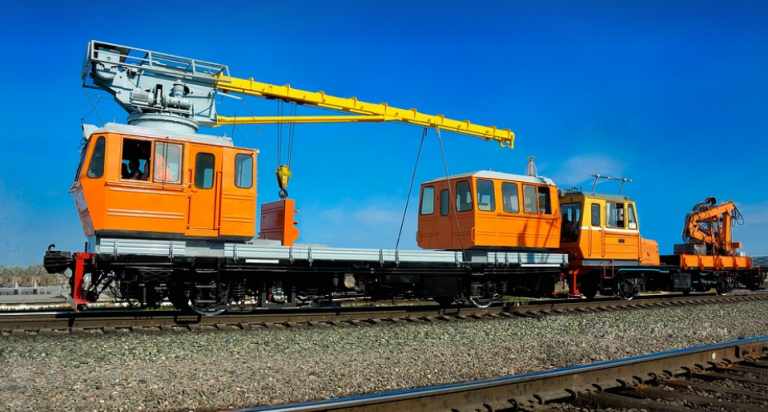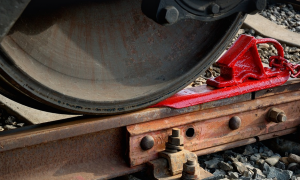A Cleaner, More Efficient Future for Welders
Imagine welding without the heavy, noisy machines and endless trips to the gas station for propane or argon. You’re picturing a welder who can work anywhere, anytime, with minimal fuss. Well, that dream is becoming more reality thanks to the rise of battery-powered welding machines.
These innovative devices are shaking up the welding industry, offering a fresh perspective on power and portability.
Gone are the days of being chained at the workbench, waiting for your gas supply or struggling with bulky, heavy equipment. Battery-powered welding machines offer true freedom of movement, allowing welders to tackle projects anywhere from remote construction sites to even tight-space locations like confined factories.
The benefits extend beyond just practicality. These machines are also known for their efficiency, delivering excellent weld quality while requiring less maintenance than traditional counterparts.
Let’s dive deeper into the world of battery-powered welding: what makes them so remarkable?
What Makes Battery-Powered Welding Machines So Special?
**1. Environmentally Friendly:** One of the most significant advantages is their eco-friendly nature. These machines often use less energy as compared to traditional counterparts, leading to a reduction in greenhouse gas emissions and a smaller environmental footprint.
**2. Versatility & Portability:** These machines are designed for versatility, providing power on the job site or even on construction sites where access may be limited. This portability opens up new possibilities for welding projects.
**3. Quiet Operation:** Gone are the days of deafening noise during welding. Battery-powered machines operate significantly quieter than their gas-powered counterparts, creating a more pleasant working environment for welders and those around them.
Powering Up the Future: The Technology Behind Battery-Powered Welding
**1. Lithium-ion Batteries:** The heart of these machines is the lithium-ion battery pack. These batteries are known for their impressive energy density, meaning they pack more power into a smaller space than traditional lead-acid batteries.
**2. Regulating Technology:** A sophisticated control unit regulates energy flow within the machine to deliver consistent voltage and amperage for precise welding processes.
**3. Advanced Features:** These machines offer advanced features like automatic power regulation, high-frequency welding capabilities, and even remote connection options for greater efficiency.
The Pros and Cons: What You Need to Know
**Pros:**
- Increased portability and flexibility for work on the go
- Reduced noise and environmental impact
- Improved weld quality and efficiency
- Easy maintenance and longer lifespan
**Cons:**
- Higher initial cost compared to traditional welding machines
- Limited run time on a single charge (depends on model)
- Battery life can be affected by extreme temperatures
- Charging infrastructure may require additional planning/investment
A Glimpse into the Future: What’s Next for Battery-Powered Welding
**1. Extended Runtimes:** Research and development are advancing battery technology, leading to longer run times and potentially even reduced charging intervals.
**2. Wireless Power Technology:** Imagine welding without cords! Researchers are exploring the potential of wireless power transfer for welding machines, allowing them to operate with greater freedom and ease.
**3. Intelligent Welding Systems:** The future holds the promise of self-regulating systems that can adapt to different welding needs based on real-time data, leading to more consistent and efficient results.
As technology advances, battery-powered welding machines are poised to revolutionize the industry. They’re not just about a cleaner and more sustainable approach to welding; they represent a chance for welders to unlock new levels of freedom and efficiency in their work.
If you’re considering making the switch to battery-powered welding, remember that it’s an investment that offers long-term benefits. So, embrace this change and step into the future of welding!

